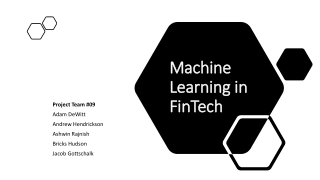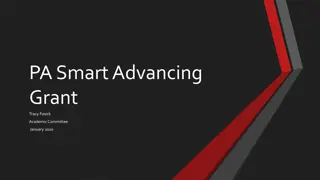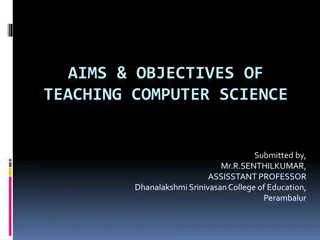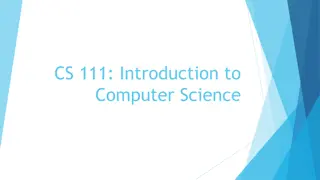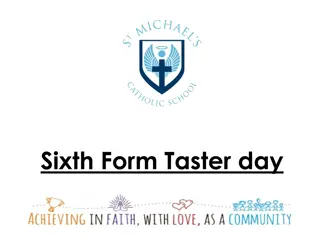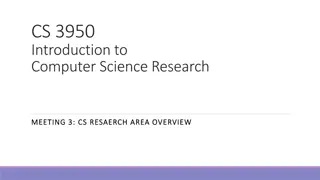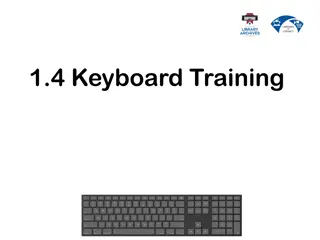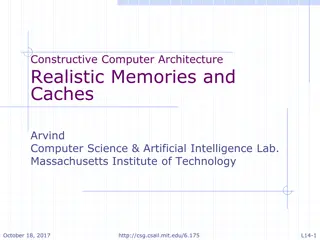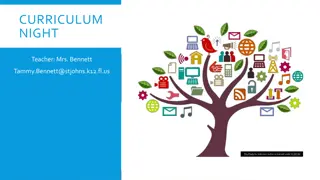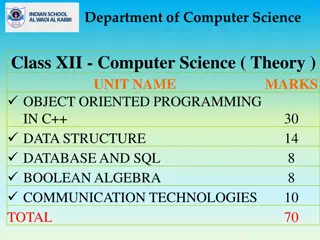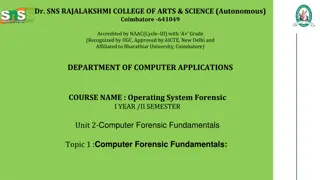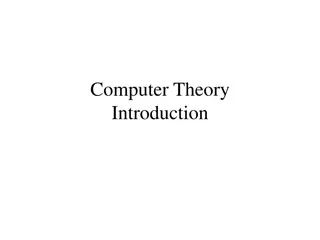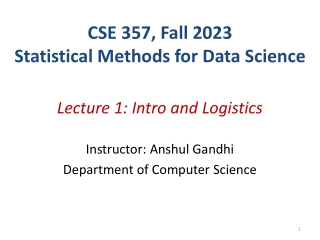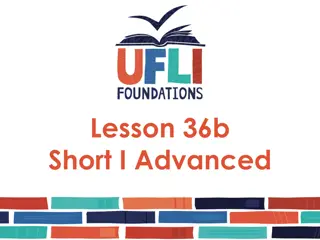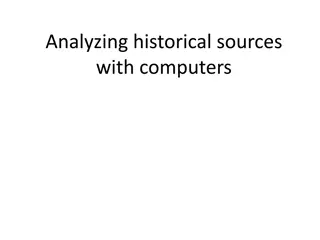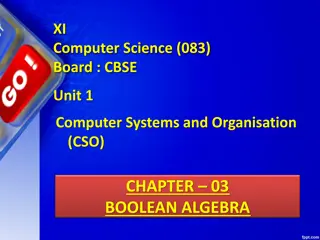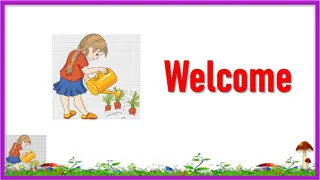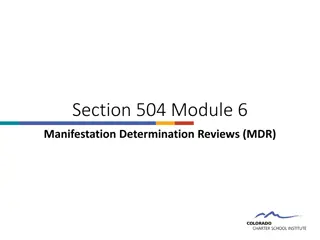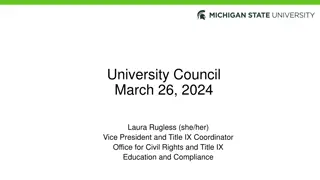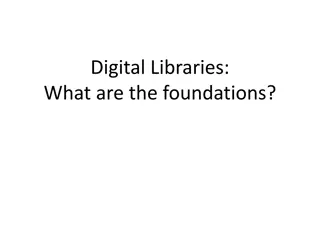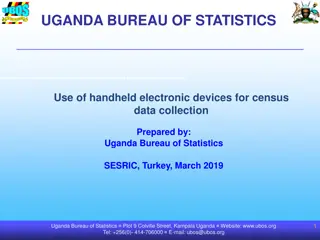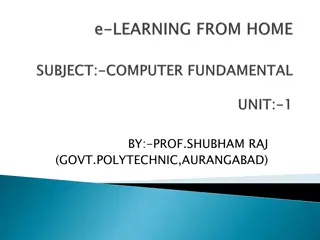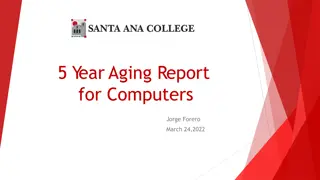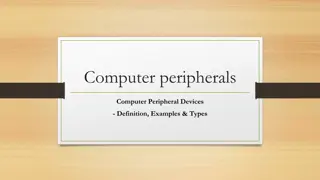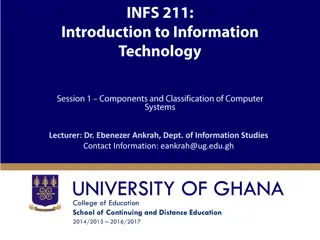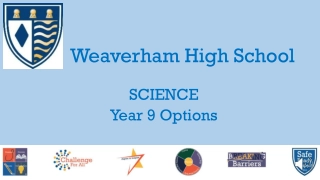Dive into OCR A-Level Computer Science Taster Lesson
Explore the world of OCR A-Level Computer Science through a taster lesson covering fundamental principles, computational thinking, problem-solving, and more. Unveil the creative and practical aspects of computer science, offering a blend of theory and real-world applications. Delve into computer systems, algorithms, programming, and assessment methods for a comprehensive understanding of this dynamic subject.
Download Presentation

Please find below an Image/Link to download the presentation.
The content on the website is provided AS IS for your information and personal use only. It may not be sold, licensed, or shared on other websites without obtaining consent from the author. Download presentation by click this link. If you encounter any issues during the download, it is possible that the publisher has removed the file from their server.
E N D
Presentation Transcript
OCR A-Level Computer Science Taster lesson
OCR A-Level Computer Science There are 10 types of people in the world, those who understand binary and those who don t
Why choose Computer Science? https://youtu.be/IDFAg9oluv8
A-Level Computer Science Computer Science is a practical subject where students can apply the academic principles learned in the classroom to real-world systems. It s an intensely creative subject that combines invention and excitement, and can look at the natural world through a digital prism. The aims of this qualification are to enable learners to develop: An understanding and ability to apply the fundamental principles and concepts of computer science, including: abstraction, decomposition, logic, algorithms and data representation The ability to analyse problems in computational terms through practical experience of solving such problems, including writing programs to do so The capacity to think creatively, innovatively, analytically, logically and critically The capacity to see relationships between different aspects of computer science Mathematical skills.
Component 01: Computer systems Students are introduced to the internal workings of the (CPU), data exchange, software development, data types and legal and ethical issues. The resulting knowledge and understanding will underpin their work in component 03. It covers: The characteristics of contemporary processors, input, output and storage devices Types of software and the different methodologies used to develop software Data exchange between different systems Data types, data structures and algorithms Legal, moral, cultural and ethical issues.
Assessment: Computer systems Written Exam Marks = 140 Duration = 2 hours 30 mins Weighting = 40% The internal workings of the (CPU), data exchange, software development, data types and legal and ethical issues. Calculators not allowed.
Component 02: Algorithms and programming This builds on component 01 to include computational thinking and problem- solving. It covers: What is meant by computational thinking (thinking abstractly, thinking ahead, thinking procedurally etc.) Problem solving and programming how computers and programs can be used to solve problems Algorithms and how they can be used to describe and solve problems.
Assessment: Algorithms and programming Written Exam Marks = 140 Duration = 2 hours 30 mins Weighting = 40% Using computational thinking to solve problems. Calculators not allowed.
Component 03: Programming project Students are expected to apply the principles of computational thinking to a practical coding programming project. They will analyse, design, develop, test, evaluate and document a program written in a suitable programming language. The project is designed to be independently chosen by the student and provides them with the flexibility to investigate projects within the diverse field of computer science. We support a wide and diverse range of languages.
Assessment: Programming project Project (NOT controlled assessment) Marks = 70 Duration = N/A Weighting = 20% Non-exam assessment. Students will be expected to: analyse a problem (10 marks) Design a solution (15 marks) develop and test a solution (25 marks) evaluate and document the project (20 marks) The program must be written in a suitable programming language to solve it .
Big Data Changing our world Interesting documentary if we have some time left https://youtu.be/bIY3LUZ7i8Y
GUI Calculator Maintain the indent from the previous code Create the rest of the buttons for the numbers Ignore the clear and operator buttons
GUI Calculator Maintain the indent from the previous code The only difference is a string in the press function call e.g. press( + ) Create the rest of the buttons for the operators Ignore the clear and = buttons
GUI Calculator Maintain the indent from the previous code Finish the code with the clear and = buttons and the final gui.mainloop() command





